Conserving, protecting and restoring our bogs is undertaken for a variety of reasons including ecological, environmental, and climate-related. Bogs play a crucial role in our everyday lives through the various services that they provide and support, sometimes referred to as natural capital. Examples of these are listed below.
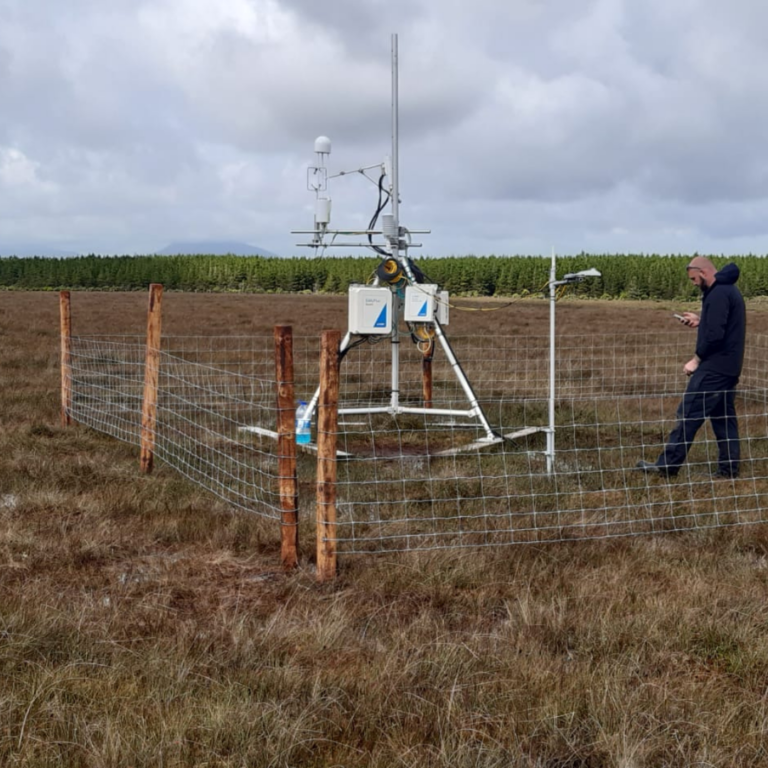
Climate regulation

Bogs are carbon sinks, storing large amounts of carbon in the form of organic matter that has accumulated over thousands of years. When peatlands are drained or degraded, this stored carbon is released into the atmosphere as greenhouse gases, contributing to global warming and climate breakdown. Restoration helps re-establish the natural hydrology of peatlands, preventing further carbon emissions and allowing them to continue acting as carbon sinks.
Climate breakdown mitigation: By preventing carbon emissions from degraded peatlands and promoting the re-establishment of healthy peat-forming conditions, restoration contributes efforts to mitigate the negative impacts of climate breakdown e.g. storms and flooding events. Healthy peatlands also have the potential to remove atmospheric carbon through peat formation.
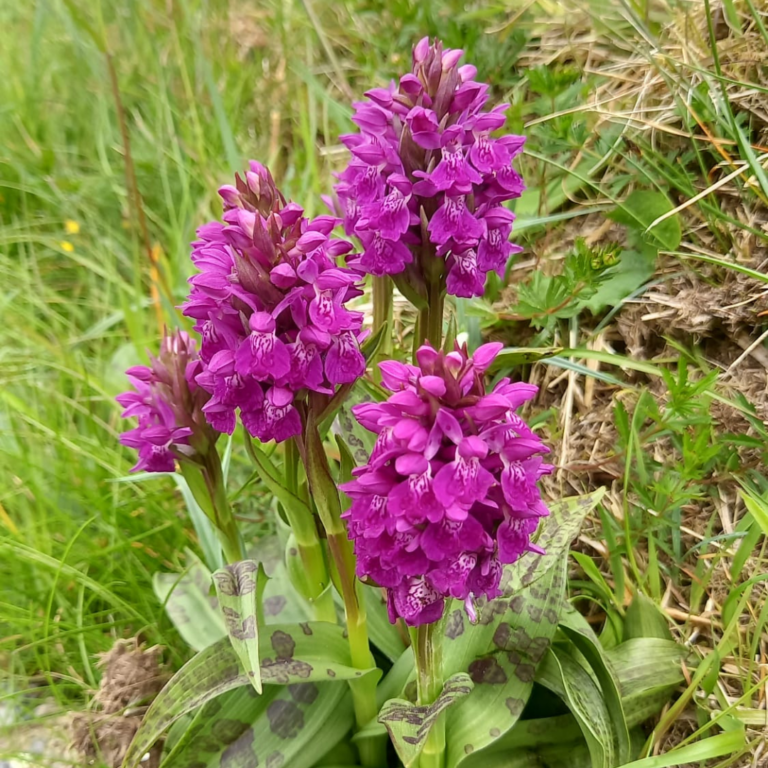
Supporting biodiversity

Many areas that were once peatlands have been drained for agriculture, forestry, or development. Restoring these areas to their original peatland state can help recreate habitats for various species. Peatlands support a unique and diverse range of plant and animal species, many of which are specially adapted to the wet and acidic conditions. Restoring bogs helps protect and enhance habitats for a variety of species, some of which may be rare or endangered.
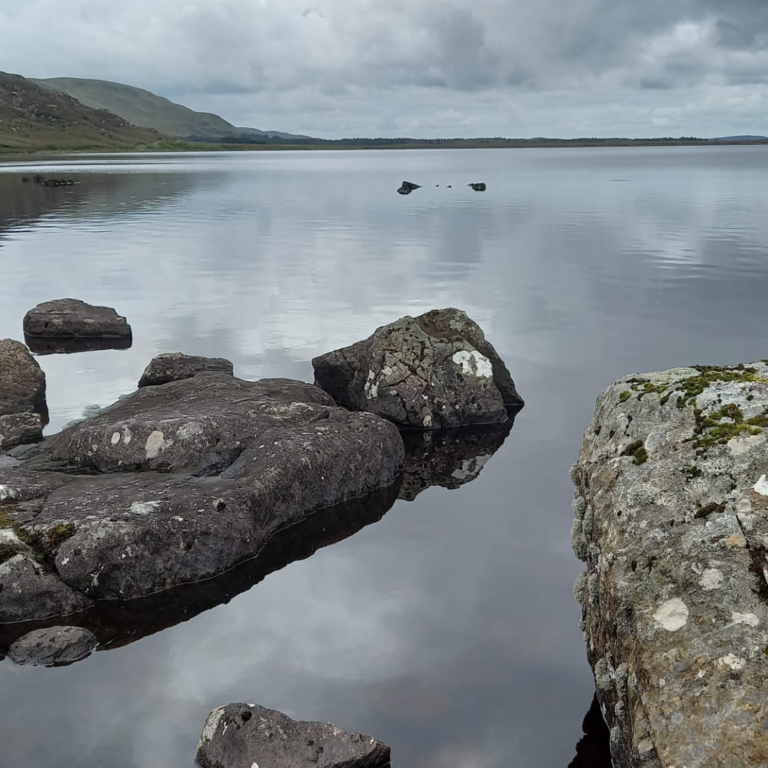
Water cycle

Bogs play a vital role in regulating water flow, acting as a sponge, absorbing rainfall and releasing water slowly. Restoring degraded bogs helps improve water retention and flood control, reducing the risk of downstream flooding during heavy rainfall and maintaining more stable water levels during dry periods. The slow release of water from bogs naturally filters and purifies water as it flows through them. Sediments are trapped and pollutants are absorbed, so water quality is improved and there is a reduction of impacts to downstream ecosystems by nutrient runoff.
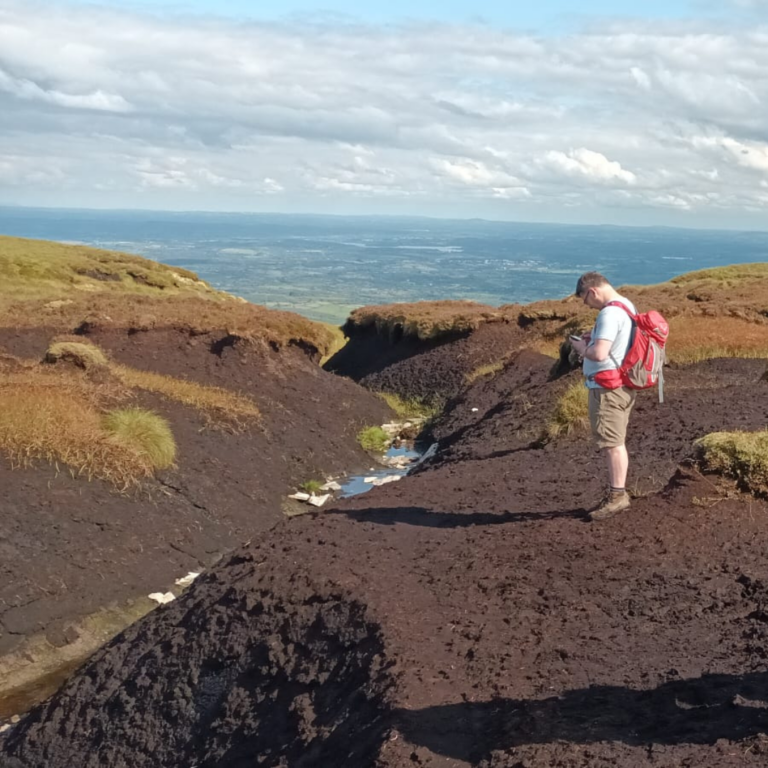
Erosion control

The natural plant communities on bogs binds the peat that they are growing on, which prevents the peat soils being eroded. This is important for maintaining the overall stability of the landscape and prevents sediment runoff into water bodies, as well as more dramatic events such as landslides.
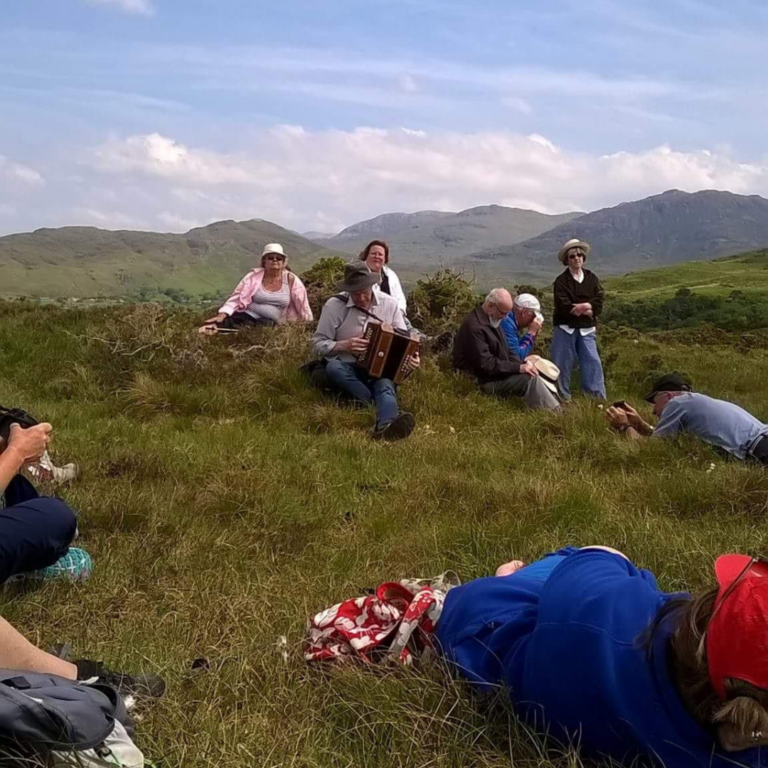
Recreational and cultural values

Bogs can provide opportunities for ecotourism, outdoor recreation, and cultural activities, contributing to local economies and promoting a greater appreciation for natural ecosystems.
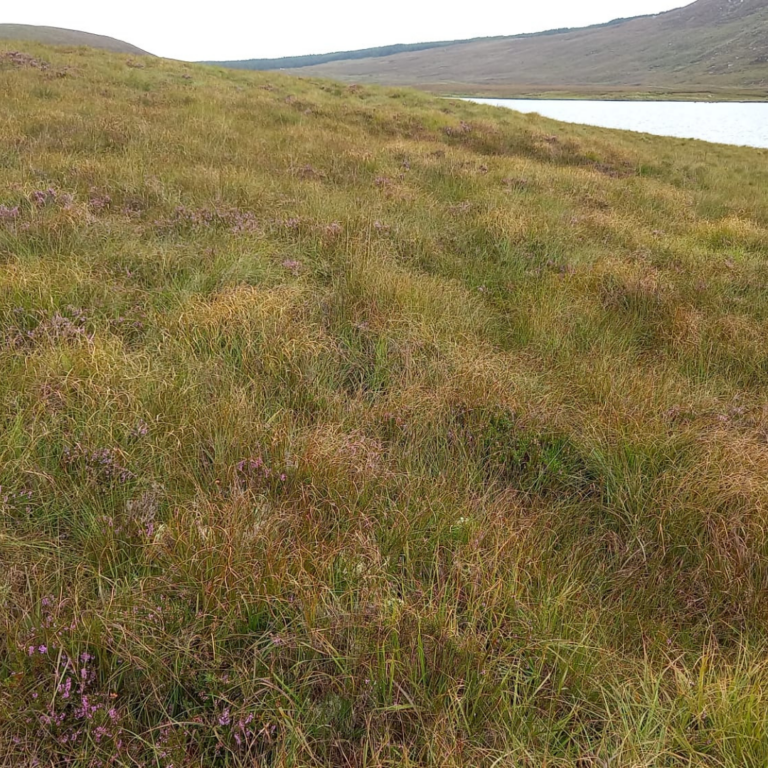
Land use

The transition from unsustainable land uses like drainage for agriculture or peat extraction to more sustainable management practices such as extensive grazing and grazing management can promote long-term ecological and economic benefits.
Ecosystem Services: Bogs our Natural Capital
You will often hear the term ‘ecosystem services’ and more recently ‘natural capital’ but what do these terms mean? Find out more below…
Peatlands, including bogs, are a type of ecosystem. An ecosystem is an area in which all the biotic (living things) and abiotic (non-living things) elements interact to do all the functions necessary to support the existence of that system. The biotic components include plants, animals and microbes and abiotic factors include soil, environmental conditions, bedrock; their existence relying directly and indirectly on each other.
Ecosystem services (also known as natural capital) are the direct and indirect contributions ecosystems provide for human wellbeing and quality of life. These services fall into four different categories; provisioning, regulating, support and cultural. Healthy ecosystems provide many goods and raw materials essential for life (provisioning) such as food, water, wood, fibre, fuel and air. Ecosystems regulate environmental processes such as flood management, climate regulation, pollination and water filtration. Cultural provisions encompass positive impacts on health and wellbeing through recreation and educational benefits. It also incorporates mental health and opportunities for both spiritual and artistic connections. Supporting services facilitating the functioning of an ecosystem and include nutrient cycling, soil formation, and habitat provision for biodiversity. The supporting services form the basis for the other three types of ecosystem services.
While blanket bogs have an intrinsic value and are worthy of conservation in their own right, they also provide many important services for humans, which can easily be forgotten.
The International Peatland Society have summarised the ecosystem services offered by peatlands, which are illustrated and described below. It is important to note that some of the provisioning services, such as peat extraction for fuel and horticulture or afforestation on peatlands are not sustainable.
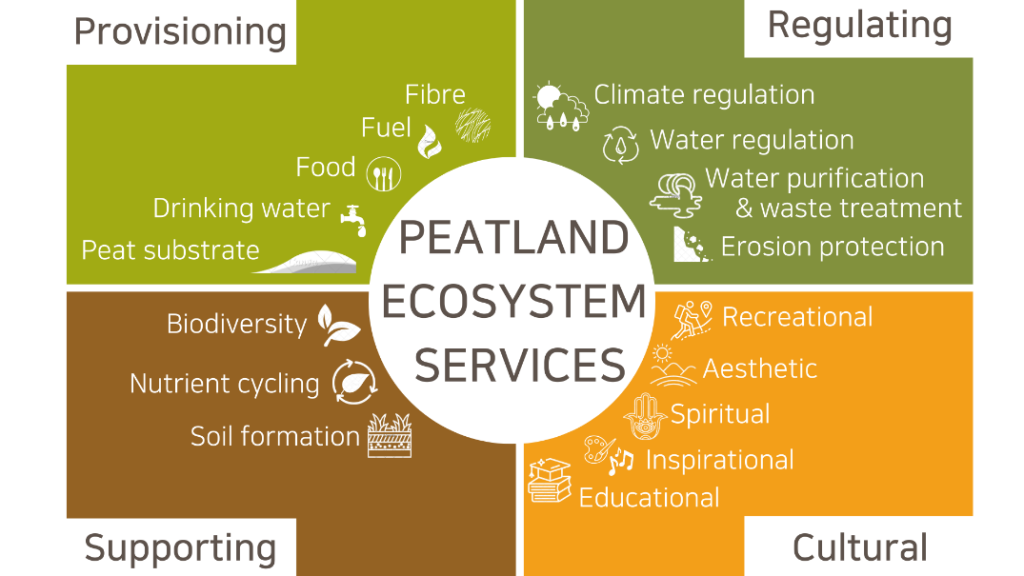
Provisioning services
- Fibre and fuel (peat, plant) – are used for horticulture, agriculture, domestic heating and energy generation; raw material for industry, energy generation and medicine;
- Food – wild plants and wild or domesticated animals are used as a food for people and domestic animals as well; medicine
- Fresh water – public water supply is obtained from reservoirs draining peatlands
- Peat substrate – land space for agriculture, horticulture and forestry.
Regulating services
- Climate regulation (in global, regional, local scales) – regulation of greenhouse gases (climate change mitigation) and other climatic processes (precipitation, air temperatures etc.)
- Water regulation – water storage, groundwater recharge and discharge
- Water purification and waste treatment (regulation of catchment hydrochemistry) – retention, recovery and removal of excess nutrients and pollutants
- Erosion protection (regulation of soil conditions) – peat blanket protecting the underlying soils from erosion.
Cultural services
- Recreational and aesthetic – space for recreation and tourism; appreciation of nature;
- Spiritual and inspirational – personal feelings and well-being; religious significance;
- Educational – opportunities for education, training and research
Supporting services:
- Biodiversity – unique habitats for unique species;
- Soil formation – accumulation of organic matter;
- Nutrient cycling – storage, recycling, processing and acquisition of nutrients.
